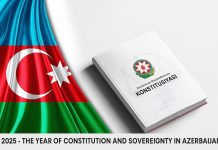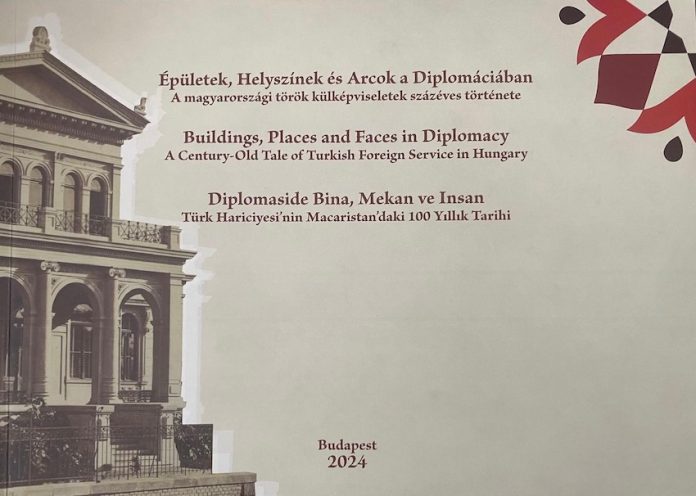Edited by Anna Popper
As part of the Turkish-Hungarian Cultural Year 2024, commemorating the centenary of diplomatic relations between the Republic of Türkiye and Hungary, the Turkish Embassy inaugurated an exhibition entitled “Buildings, Places and Faces in Diplomacy – A Century-Old Tale of Turkish Foreign Service in Hungary”, covering the period from the Ottoman Empire to the modern Republic. The event was hosted in the Garden of Budapest City Hall, overlooking Károly körút.
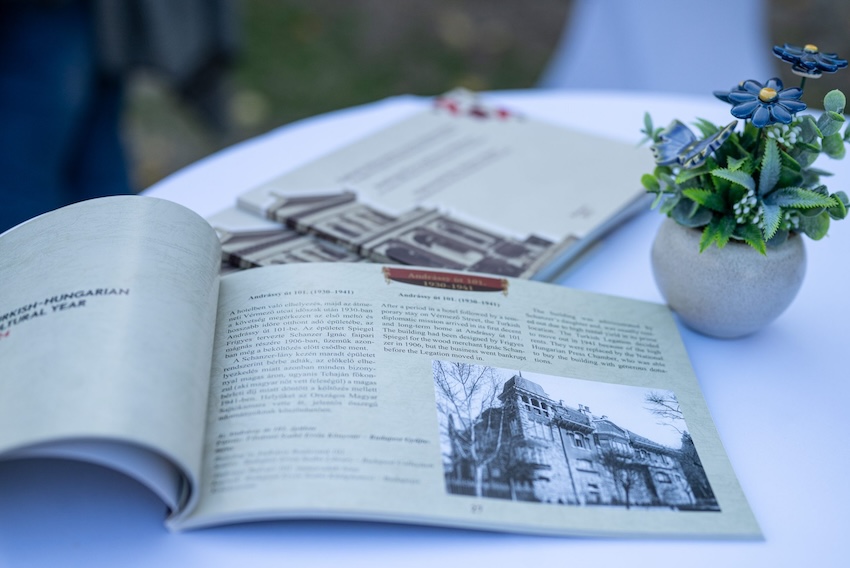
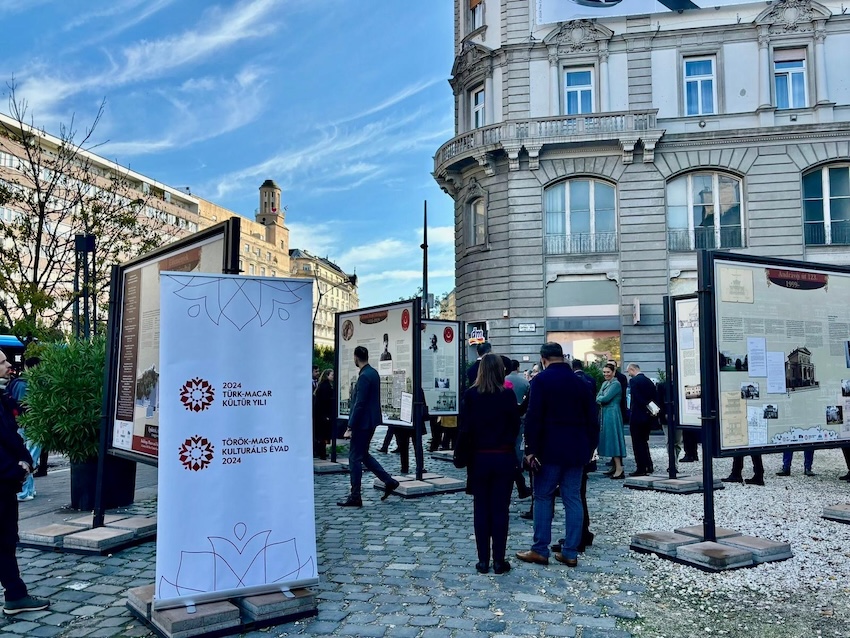

The exhibition, organised by the Embassy of the Republic of Türkiye in Budapest in cooperation with the Budapest City Archives, showcases photos, documents and artifacts that highlight the 100-year history of Turkish diplomatic representation in Hungary. These materials offer a visual and historical journey reflecting the deep-rooted ties between the two countries, from the Ottoman period to the present day. The items on display include historical photographs, diplomatic correspondence, official records and architectural images of the buildings that housed the Turkish diplomatic missions in Hungary. Together, they provide a comprehensive insight into the evolution of Turkish diplomacy and its long-standing relations with Hungary.
The display reflects the great and very successful work of Hungarian and Turkish experts and researchers, who uncovered documents related to the Turkish diplomatic presence in Hungary at the Budapest City Archives. It stands as a testament to the enduring friendship and bilateral relations between the two nations. The exhibition also pays tribute to the members of the Turkish Foreign Service who have served in Hungary, a brotherly nation, over the past 100 years.
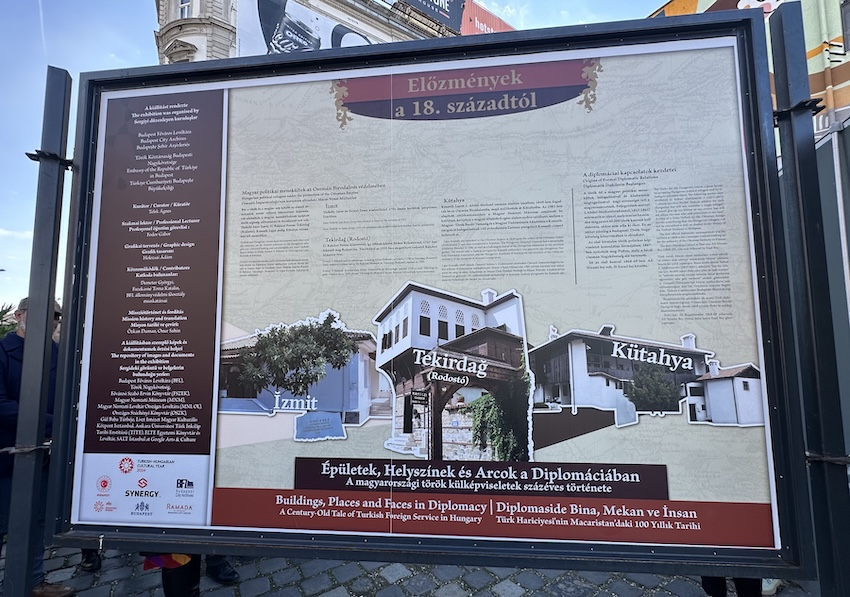
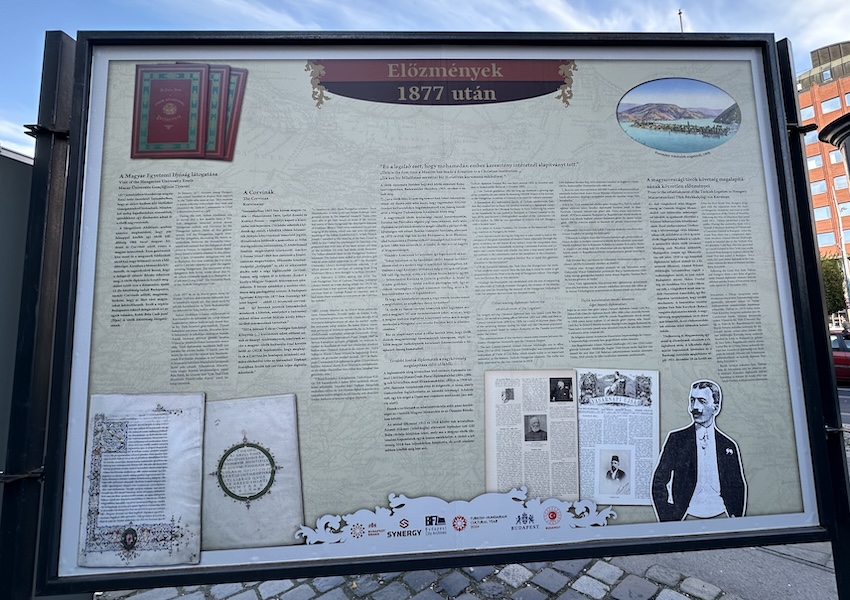
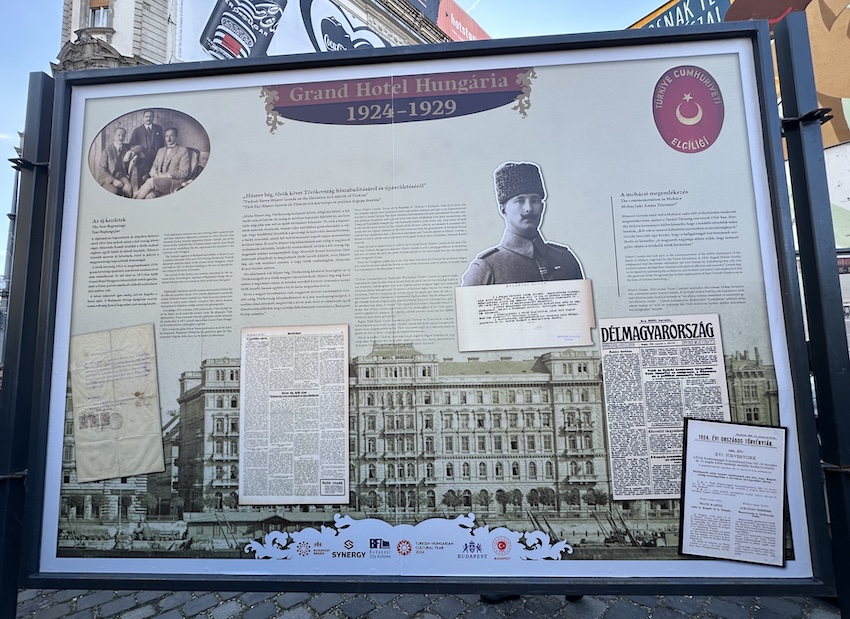


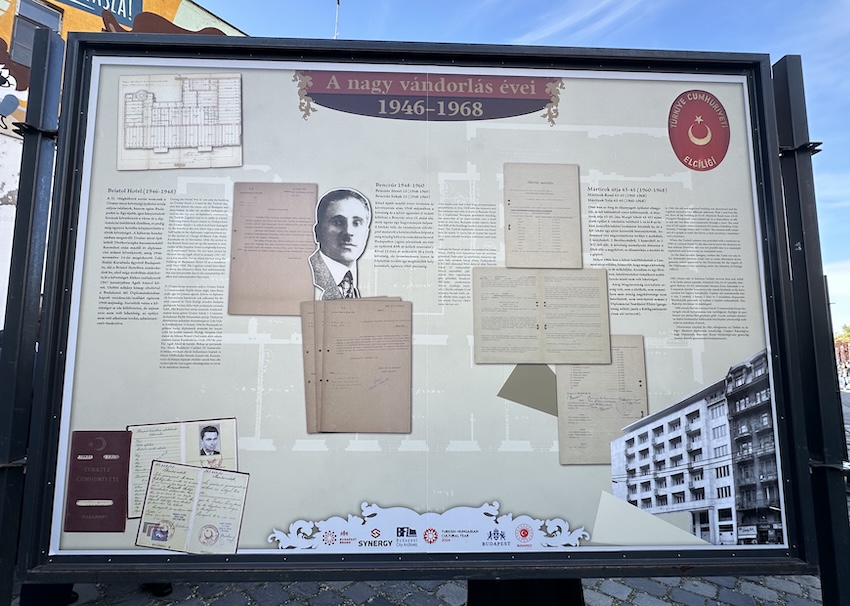
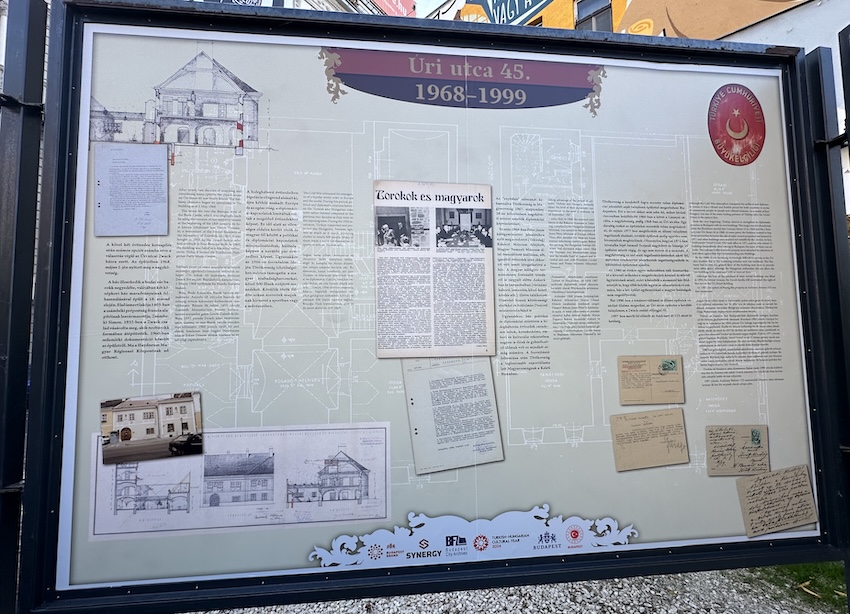
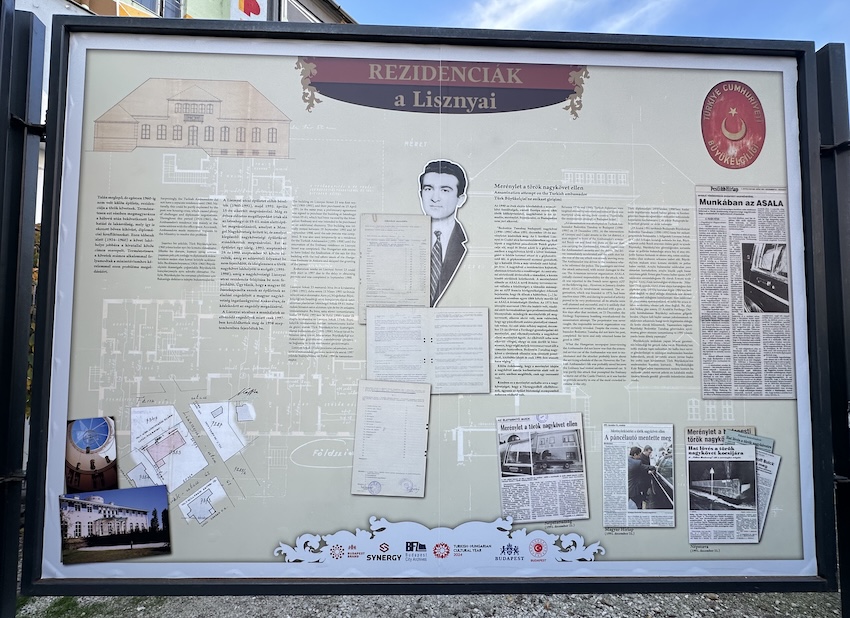

The inaugural ceremony on 31 October was attended by Hungarian officials, members of the diplomatic corps, academics, researchers, and friends of Türkiye.
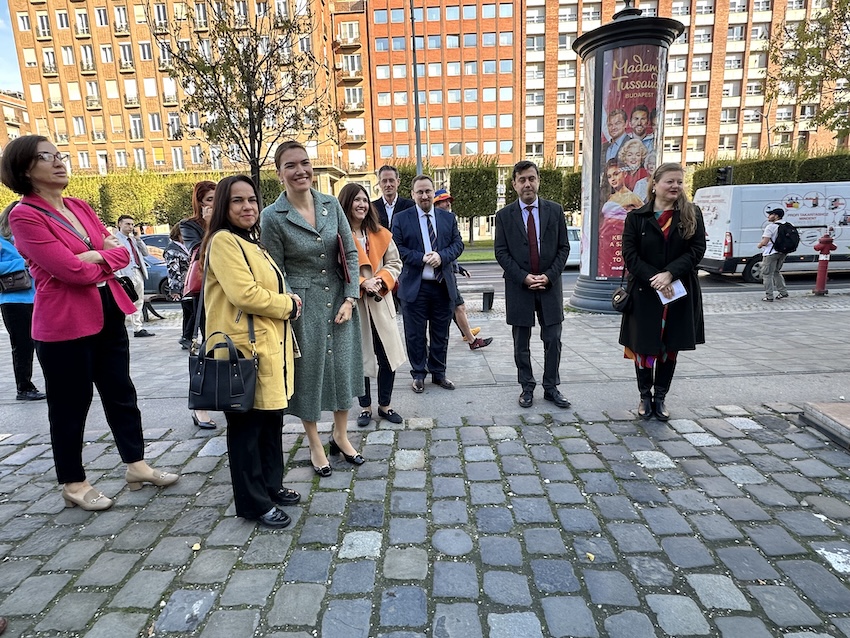
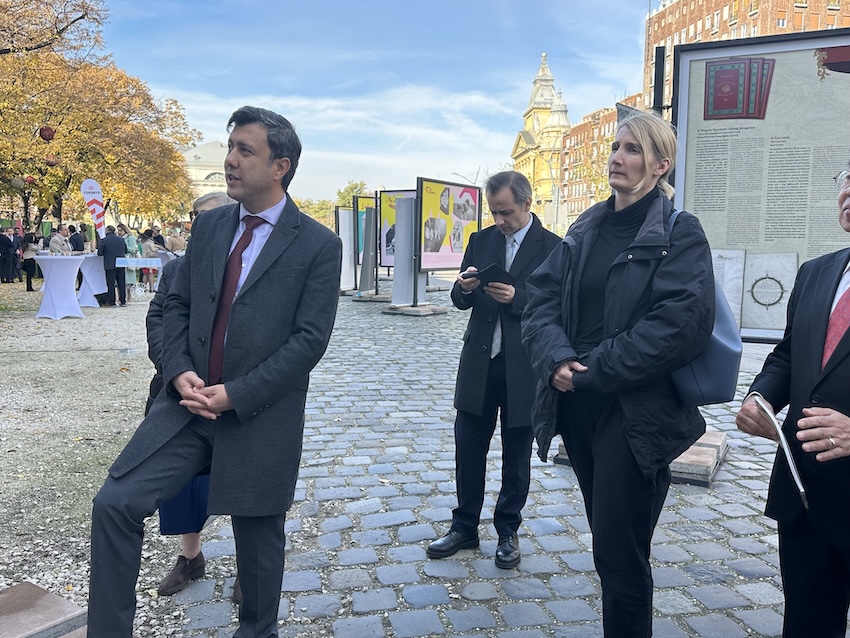
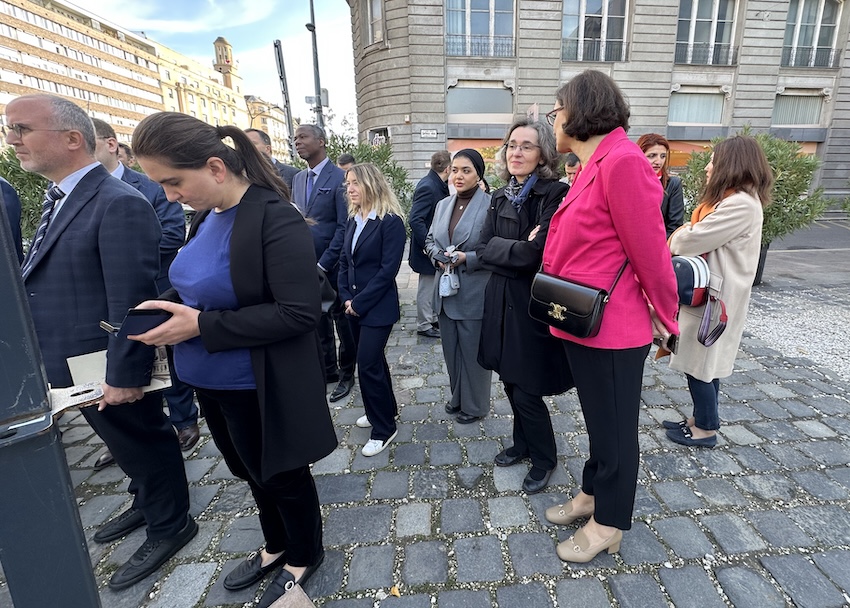
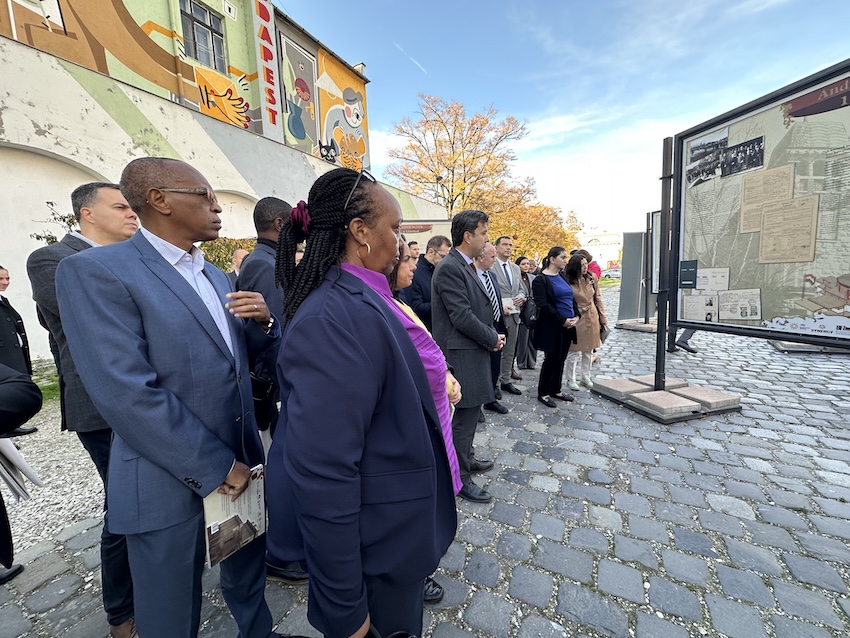
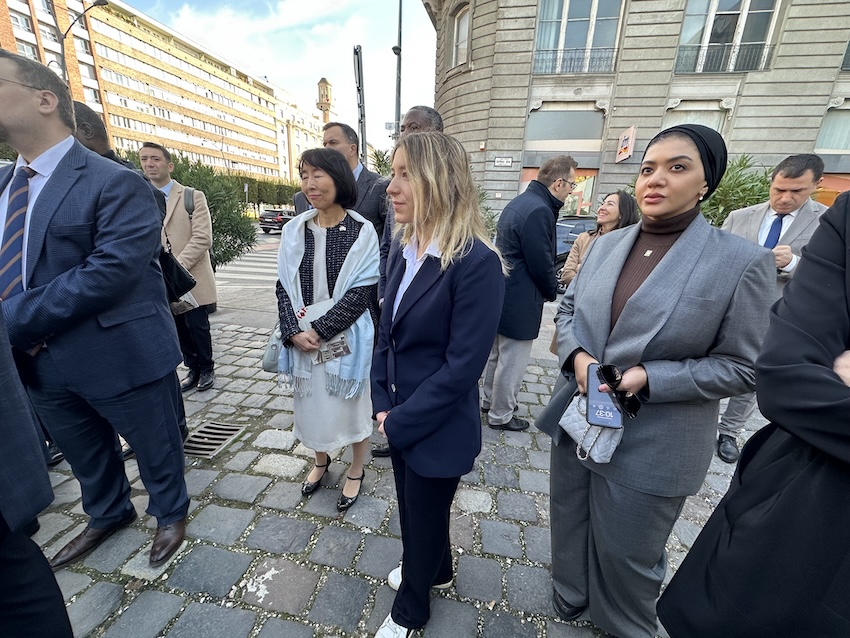

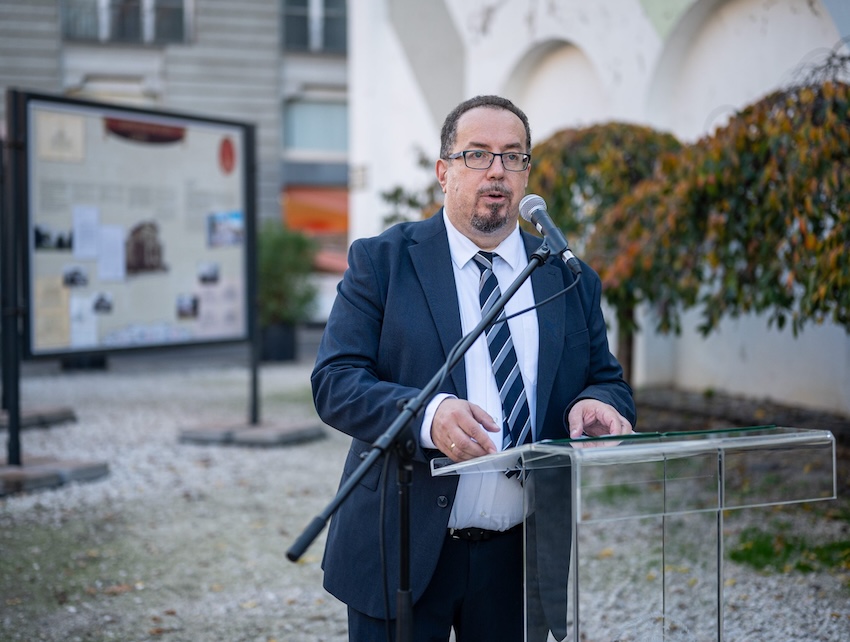
The event began with the opening speech by Dr. István Kenyeres, Director General of the Budapest City Archives, the organiser of the exhibition. He explained that the inspiration for the exhibition came from the appointment of Husrev Gerede as the first Turkish ambassador to Budapest 100 years ago. This marked the beginning of Turkey’s independent diplomatic presence in the city.
Over the past century, the embassy operated at various locations in Budapest, and the exhibition highlights these sites while also presenting significant diplomatic events of the era. Visitors are invited on a journey through Budapest to explore where the Turkish embassy operated over the past century. The Director General expressed confidence that the exhibition would be well-received by both Budapest residents and visitors, serving as a tribute to Turkish-Hungarian diplomatic relations. He also shared his delight that a trilingual booklet had been published to accompany the display.

It was followed by the address of H.E. Ms. Gülşen Karanis Ekşioğlu, Ambassador of the Republic of Türkiye to Hungary:
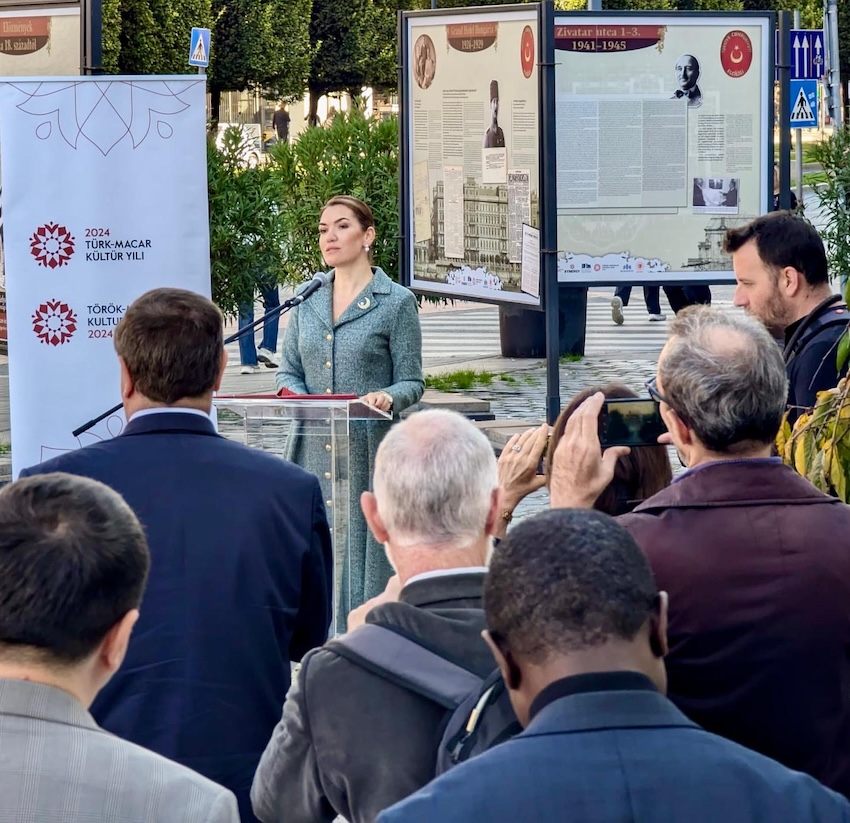
“Distinguished Guests, Ladies and Gentlemen,
It is a great pleasure to address you today at the opening of the special exhibition on the history of Turkish diplomatic representation in Hungary. As you all know, we recently had the privilege of commemorating important anniversaries with our Hungarian friends here in Budapest.
In October 2023, we celebrated the centenary of the Republic of Türkiye. Last December marked the 100th anniversary of the establishment of diplomatic relations between Türkiye and Hungary. This is why we designated 2024 as the Turkish-Hungarian Year of Culture. Last year, however, we witnessed another commemoration by celebrating the 500th anniversary of the origins of the Turkish foreign service. Today, with a total of 261 foreign missions around the world, we are proud to have one of the biggest diplomatic networks. Yet, Turkish diplomacy has long been recognized with its long history, traditions and its contributions to global peace, security and prosperity.
As in many aspects of our relations, Hungary has a special place in our diplomatic history as well. Our presence here dates back to the second half of the 19th century, when the Ottoman Empire placed special emphasis on its relations with this brotherly nation and decided to have a Consulate in Pest. Furthermore, the young Republic of Türkiye signed one of its first treaties, bearing its new constitutional name, with Hungary. Thus, Budapest was one of the first capitals where Türkiye decided to have a resident diplomatic mission.
Considering that we had only 39 foreign missions back then, the Turkish legation in Budapest was an important investment in diplomacy. Mustafa Kemal Atatürk, the founder of the Republic of Türkiye, further underlined the importance he attached to the relations with Hungary by appointing one of his closest aides, Hüsrev Gerede, as envoy in Budapest.
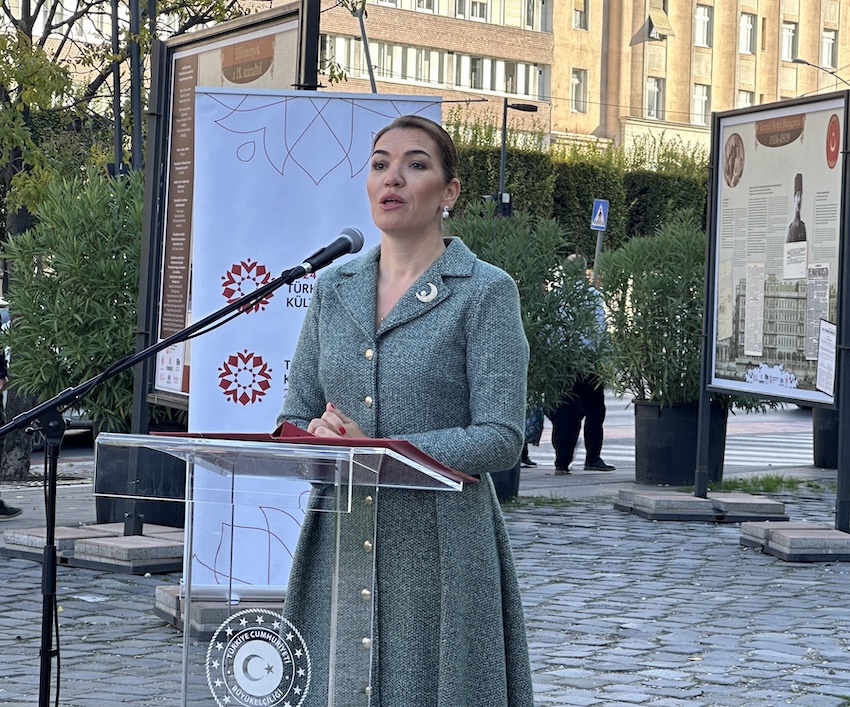
This exhibition was the least we could do to remember the role of diplomacy and the contributions of our predecessors as well as their Hungarian counterparts to bilateral relations. We owe them a lot. And this is our humble way to thank them all.
Ladies and Gentlemen,
In one way or another, diplomatic missions contribute to the social life in their host capitals whereas they are being shaped by local developments. As such, they are part and parcel of the city’s history. This is also true for glorious Budapest.
When you go through this exhibition, you will come across many examples of this interaction between city life and the Turkish diplomatic mission. For example, you will come across the reciprocal visits of Turkish and Hungarian youth that resulted in the return of the Corvinas to their homeland. Or you will hear the story of an Ottoman consul, Feridun Bey, who donated his wealth to the Hungarian Academy of Sciences, or the efforts of the last Ottoman consul to renovate the Gül Baba Türbe.
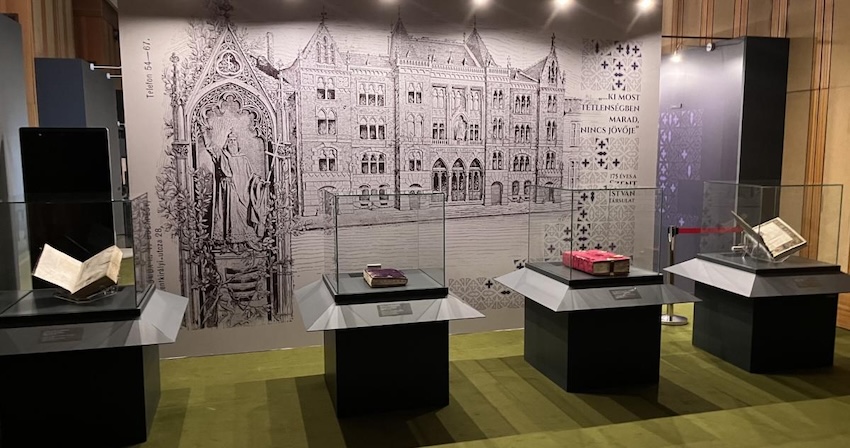
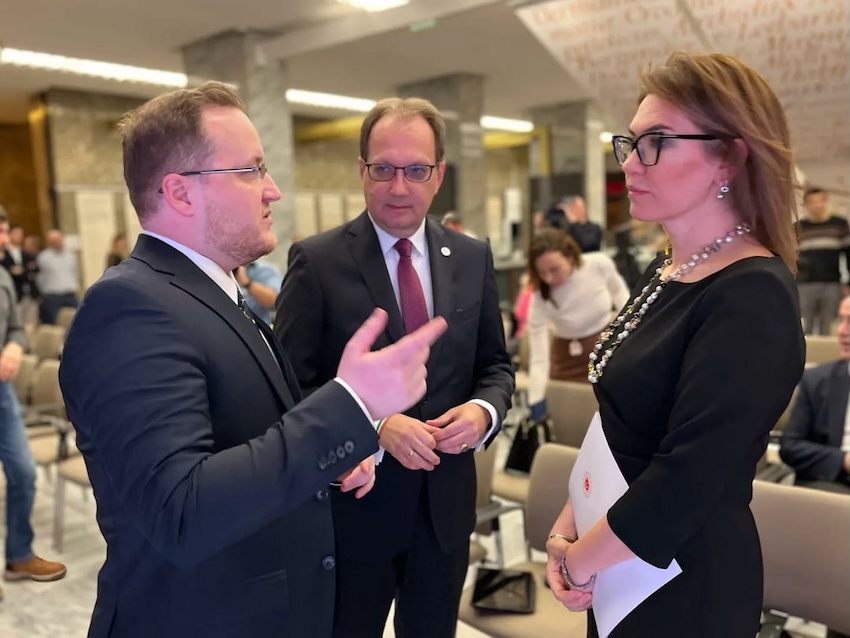
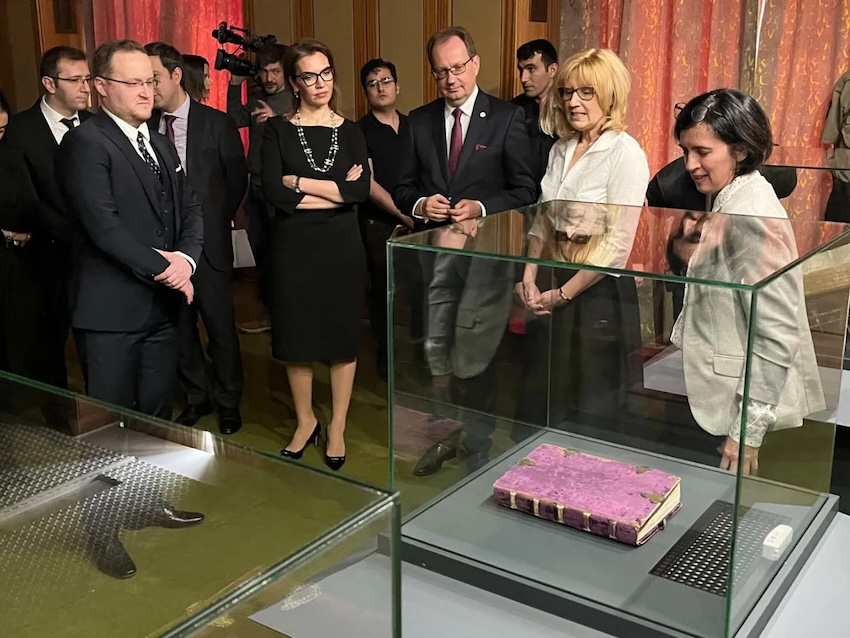

Likewise, both Hüsrev Gerede’s noble remarks on the 400th anniversary of the Battle of Mohács, or Şevket Fuat Keçeci’s hospitality to Hungarian Prime Minister Miklós Kállay at the Turkish Embassy building in Zivatar utca are deeply engraved in our collective memory.
For this exhibition, we also had the opportunity to enrich this collective memory with new episodes like the first-ever visit of the Turkish Prime Minister to Europe after the foundation of the Republic, or the acclaimed Turkish Pavilion designed for the 1931 Budapest International Exhibition by one of the leading Turkish architects, Sedad Hakkı Eldem.
As you see, this exhibition is about “buildings, places and faces” of Turkish diplomacy here in Budapest. Given the depth and breadth of our bilateral relations with Hungary and due to our constraints, we could only present a few of the many interesting stories. At this point, I would like to thank our sponsors Synergy Construction and the Ramada Hotel in Budapest. Without their generous support, this project would not be materialized.
Our special thanks go to the institution that have opened its heart and mind for this project: the Budapest City Archives.
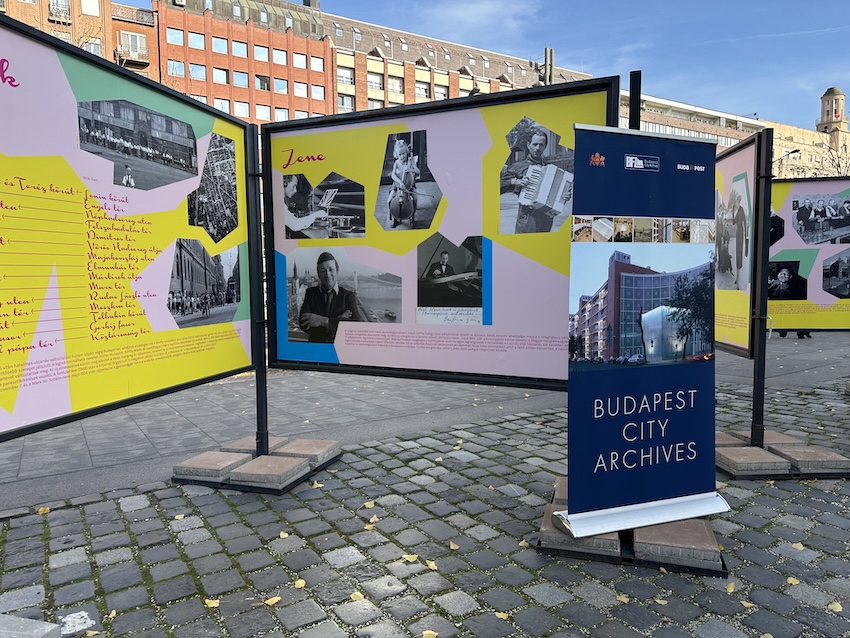
The project was first discussed last September when my deputy, First Counsellor Özkan Duman, and Director István Kenyeres met during an exhibition in Gül Baba. For about a year, the Budapest City Archives has been one of our greatest partners. The brilliant curator of this exhibition, Ágnes Telek has owned the project as wholeheartedly as we did. From the Turkish Embassy, Onur Şahin also contributed to this project along with Mr. Gábor Fodor, who provided his expertise on Turkish-Hungarian relations. Occasionally, this excellent team pulled me in their email loop, so I know how hard and efficiently they have worked together. Thank you all for this project. Your contributions and the stories you uncovered will be remembered forever.”
“Long-live the Turkish-Hungarian friendship!”
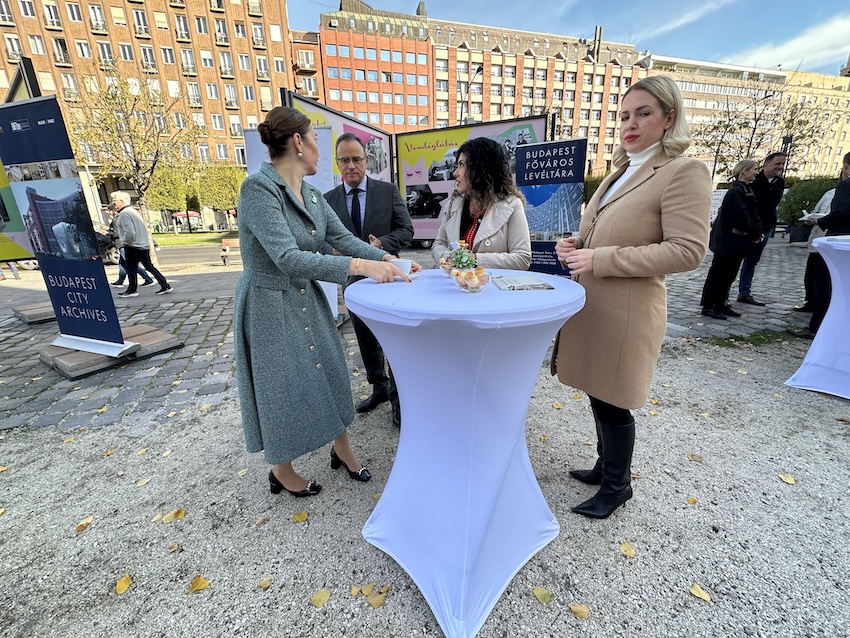
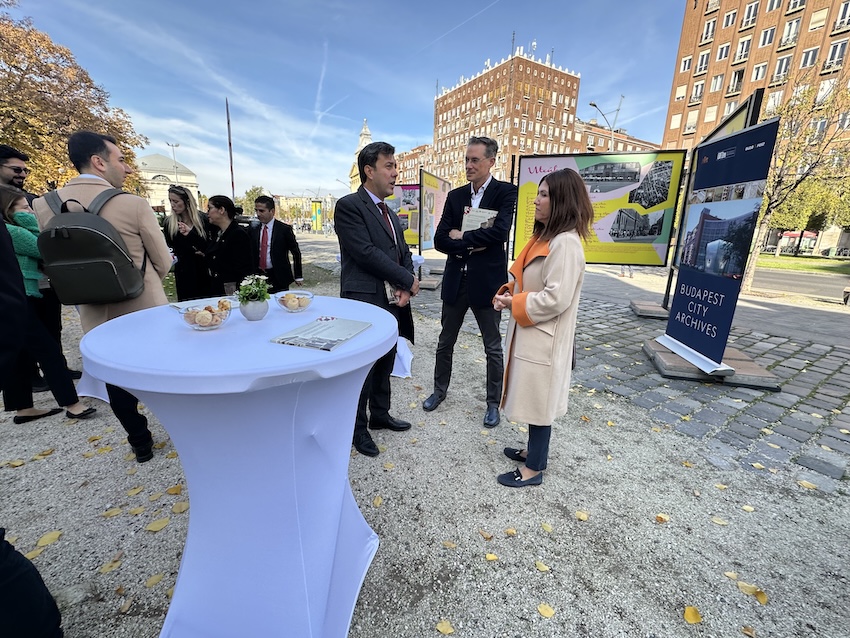

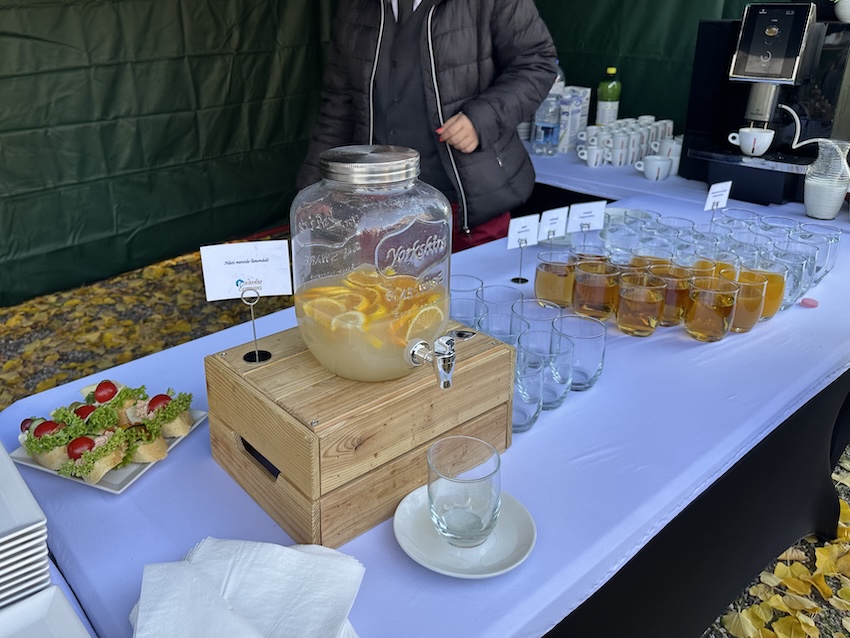
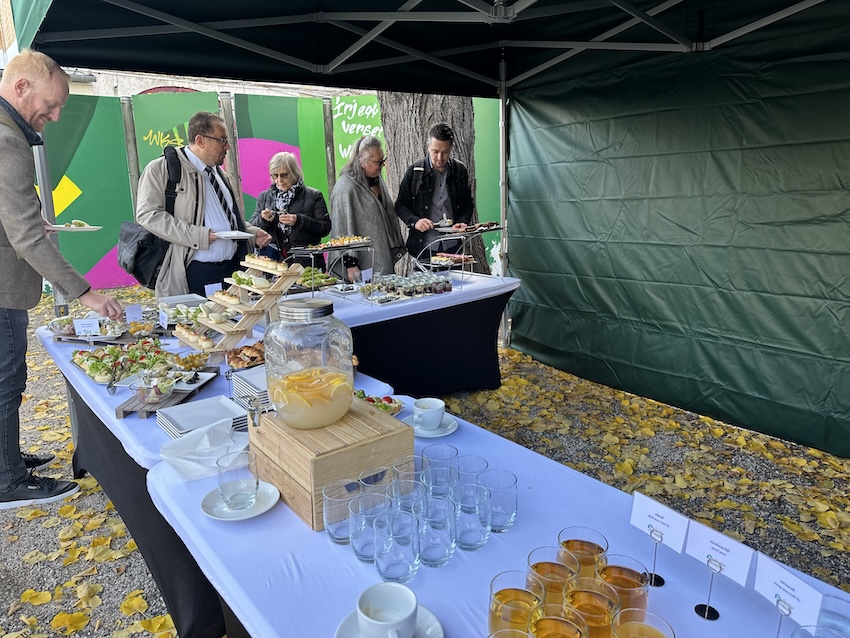
The Turkish and Hungarian audience then took a guided tour and eagerly delved into the fascinating insights of the exhibition. Curator Ágnes Telek from the Budapest City Archives shared previously unknown details, providing a deeper understanding of the history behind the displays. Her expertise added rich context to the exhibition, allowing visitors to explore the history of Turkish diplomatic representation and the intricate diplomatic connections between the two countries over the past 100 years.
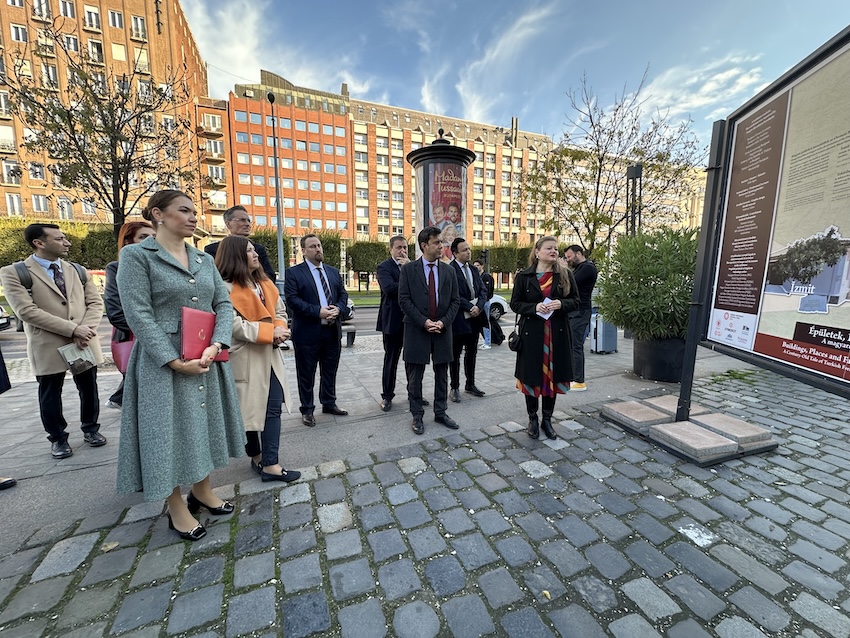

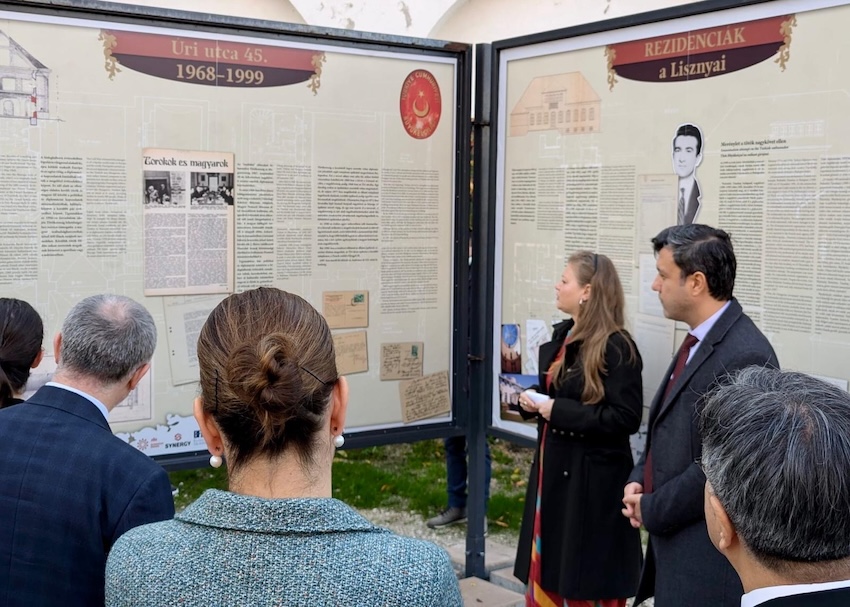
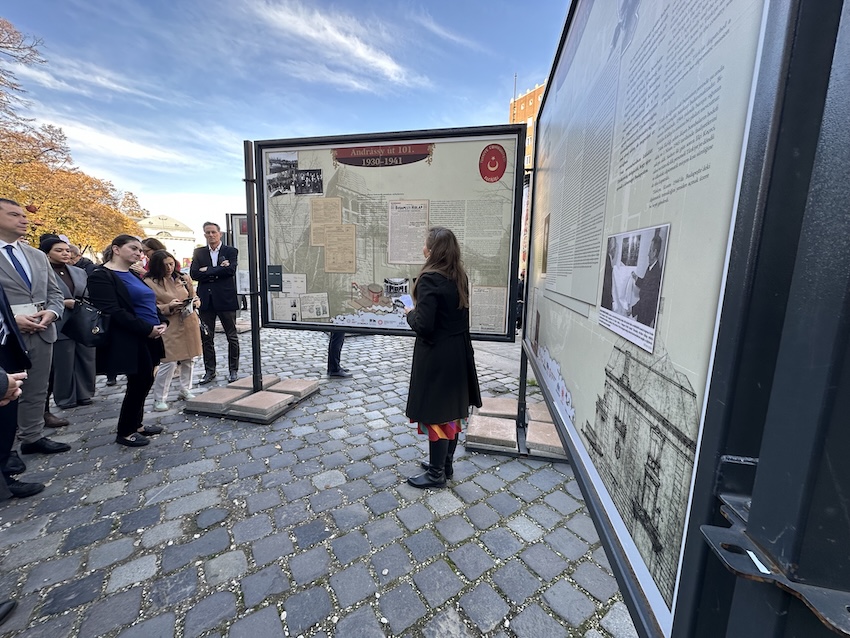
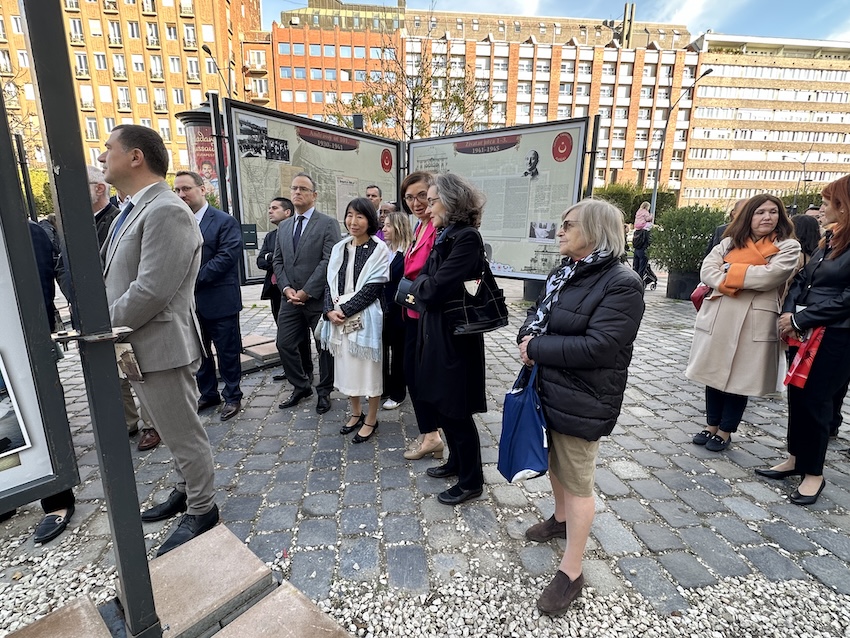
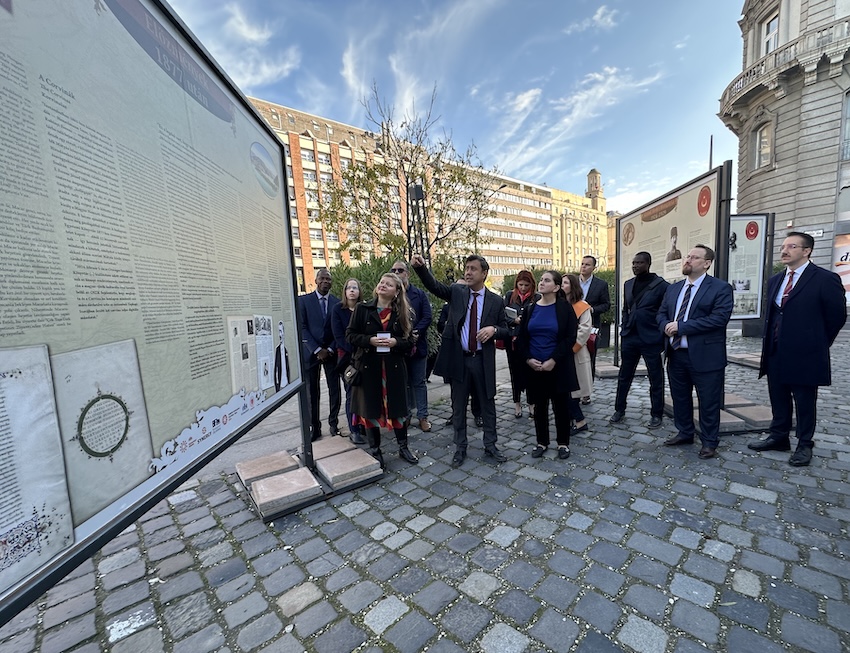
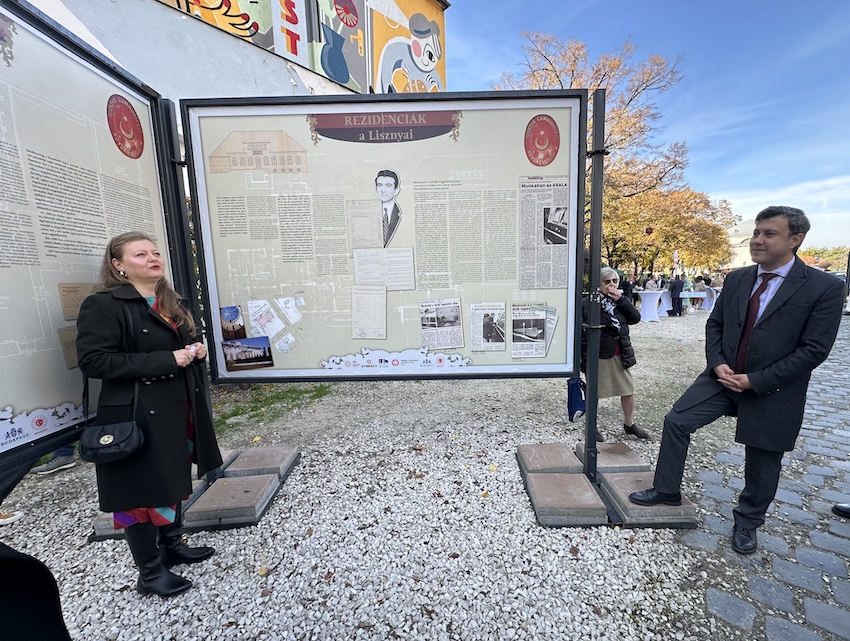
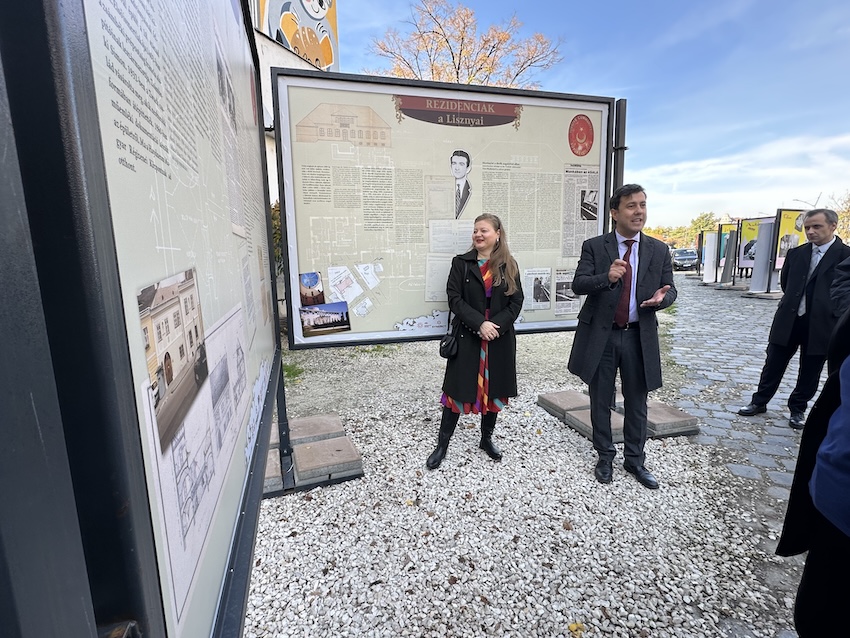
Source: Embassy of the Republic of Türkiye in Budapest
Photos by the Embassy of the Republic of Türkiye in Budapest and DPA

